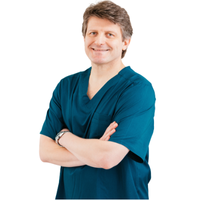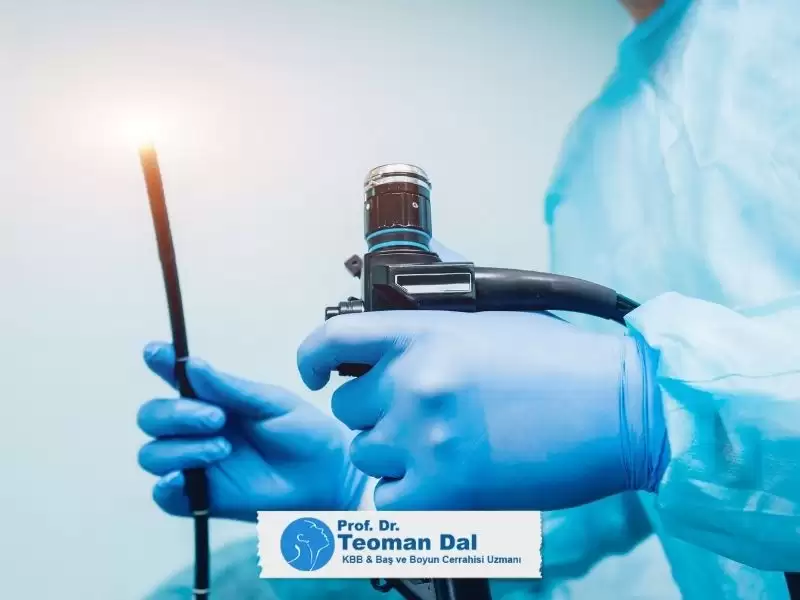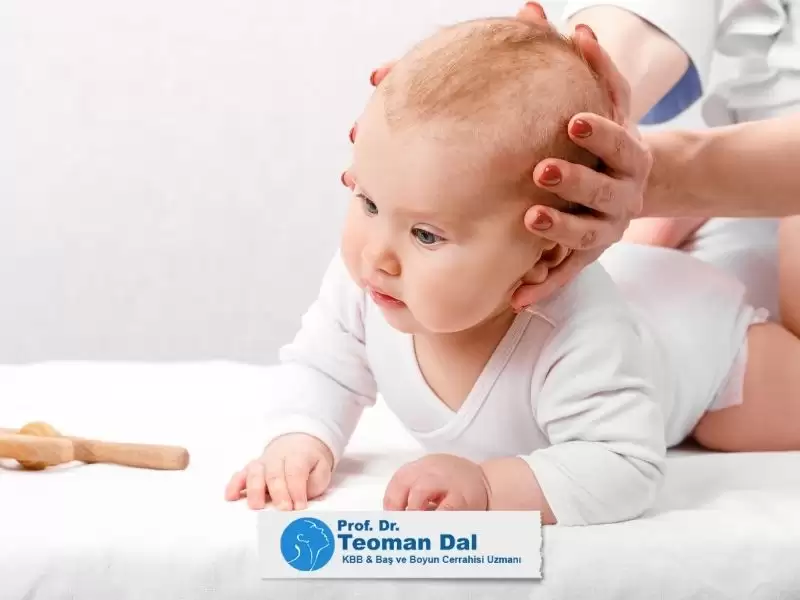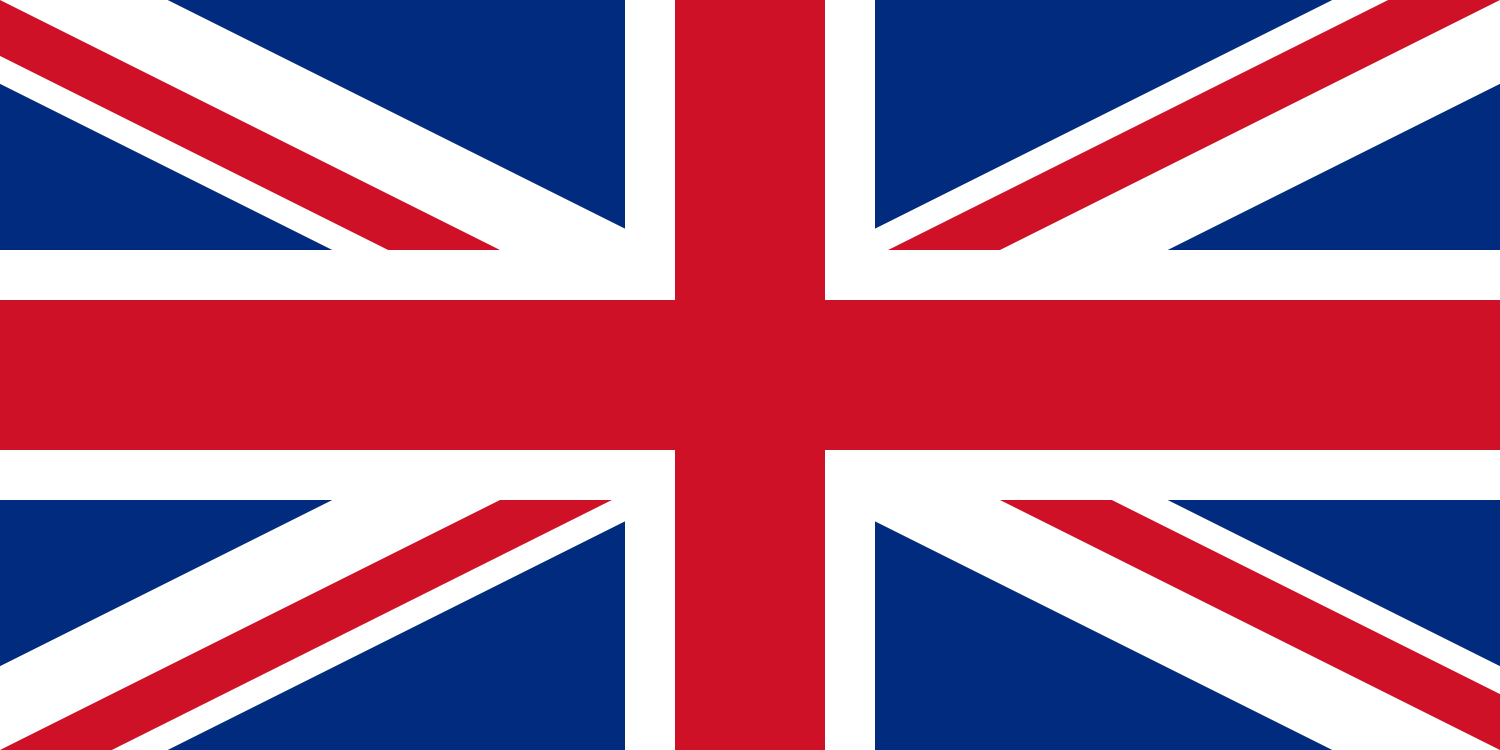Tükürük bezleri, ağız sağlığı ve sindirim sistemi için hayati öneme sahip yapılardır. Majör (büyük) ve minör (küçük) tükürük bezleri olmak üzere iki ana grupta incelenir. Majör tükürük bezleri arasında kulak önünde ve altında yer alan parotis bezi, çene altı ve dilaltı bezleri bulunur. Ağız içindeki dudak ve damakta çok sayıda minör tükürük bezi de mevcuttur. Bu bezler, günde ortalama 0,5 ila 1,5 litre arası tükürük salgısı üretir. Salgı; ağız içini nemlendirir, mikroplarla savaşır ve sindirime yardımcı olur.
İyi Huylu Tükürük Bezi Hastalıkları
Tükürük bezi hastalıkları, tümöral ve tümöral olmayan iki grupta incelenebilir.
Tümöral Olmayan Tükürük Bezi Hastalıkları
- Viral Enfeksiyonlar (Kabakulak):
Genellikle 4-6 yaş çocuklarda görülen, parotis bezini tutan bulaşıcı bir hastalıktır. Ateş, şişlik ve ağrı ile seyreder. Kabakulak aşısı sayesinde görülme sıklığı azalmıştır. Tedavi destekleyicidir. - Bakteriyel Enfeksiyonlar:
Sıklıkla yaşlı, bağışıklığı zayıf bireylerde veya ameliyat sonrası dönemde görülür. Parotis bezinde ani gelişen ağrı, şişlik ve kızarıklıkla ortaya çıkar. Gecikmiş tedavi, apselere ve ciddi enfeksiyonlara yol açabilir. Antibiyotik tedavisi temel yaklaşımdır. - Kronik Tükürük Bezi İltihapları:
Tükürük salgısının azalması ve tıkanıklık nedeniyle ortaya çıkar. Özellikle yemek sırasında ağrılı şişliklerle kendini gösterir. Tedavide sıvı alımı, masaj, antibiyotik ve gerekirse cerrahi seçenekleri değerlendirilir. - Tükürük Bezi Taşları (Sialolitiazis):
Ayrıntılı bilgiye şu sayfadan ulaşabilirsiniz: www.teomandal.com/tukuruk-bezi-tasi-nedir - Ağız Kuruluğu (Xerostomia):
Tat duyusu kaybı, çiğneme/yutma güçlüğü ve diş çürüklerine neden olabilir. Nedeni genellikle sistemik hastalıklar, radyoterapi, stres ya da ilaç kullanımıdır. Yapay tükürük, sıvı takviyesi ve ilaç tedavisi önerilir.

Tükürük Bezi Tümörleri
İyi Huylu Tümörler
Tükürük bezi tümörlerinin %70-80’i parotis bezinde görülür ve bunların büyük çoğunluğu iyi huyludur. En sık rastlananı pleomorfik adenom (mikst tümör) olup kadınlarda ve 30-60 yaş aralığında daha yaygındır. Teşhis; muayene, görüntüleme ve ince iğne biyopsisi ile konur. Tedavi genellikle cerrahidir. Tümörün bulunduğu bez komple çıkarılır.
Parotis bezi içerisinden geçen yüz siniri cerrahi sırasında özel dikkat gerektirir. Eğer tümör bezin yüzeyel lobundaysa, sadece bu bölüm çıkarılır.
Kötü Huylu (Malign) Tümörler
Kötü huylu tükürük bezi tümörleri, baş-boyun bölgesindeki kanserlerin %3-4’ünü oluşturur. En çok parotis bezi, ardından çene altı ve nadiren minör bezlerde görülür. En sık rastlanan tipler:
- Mukoepidermoid karsinom (%45)
- Adenoid kistik karsinom (%22)
Tümörler, derecelerine göre düşük, orta ve yüksek olmak üzere sınıflanır. Yüksek dereceli tümörler, hızlı büyüyen ve metastaz riski yüksek tümörlerdir. Tedavi yaklaşımı:
- Cerrahi: Tümör çevresindeki sağlıklı doku ile birlikte geniş olarak çıkarılır.
- Radyoterapi: Ameliyat sonrası tekrarı önlemek amacıyla uygulanabilir.
- Boyun diseksiyonu: Lenf yayılımı varsa lenf bezleri de çıkarılır.
- Kemoterapi: Ameliyatın mümkün olmadığı ileri evre hastalarda tercih edilir.
Tükürük bezi hastalıkları hem iyi huylu hem kötü huylu yapıları kapsayan geniş bir yelpazeye sahiptir. Erken tanı ve doğru tedavi planlaması, başarılı sonuçlar açısından büyük önem taşır.
Tükürük bezi rahatsızlıklarınızla ilgili detaylı değerlendirme ve tedavi planı için kliniğimizle iletişime geçebilirsiniz.





